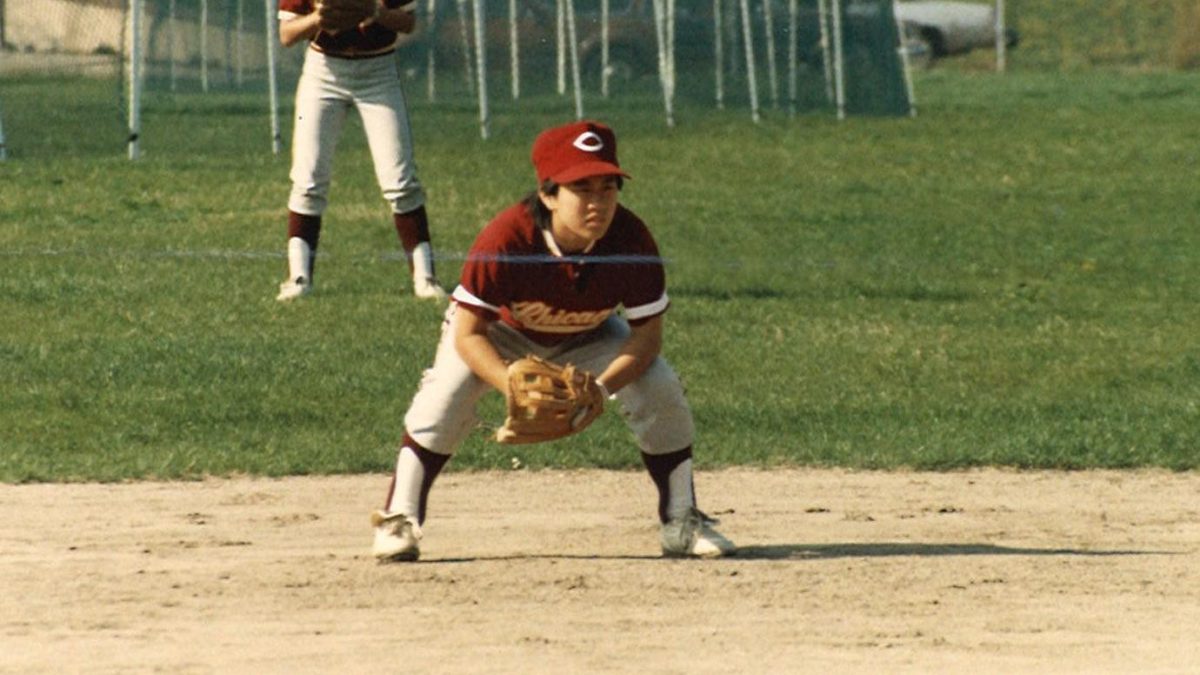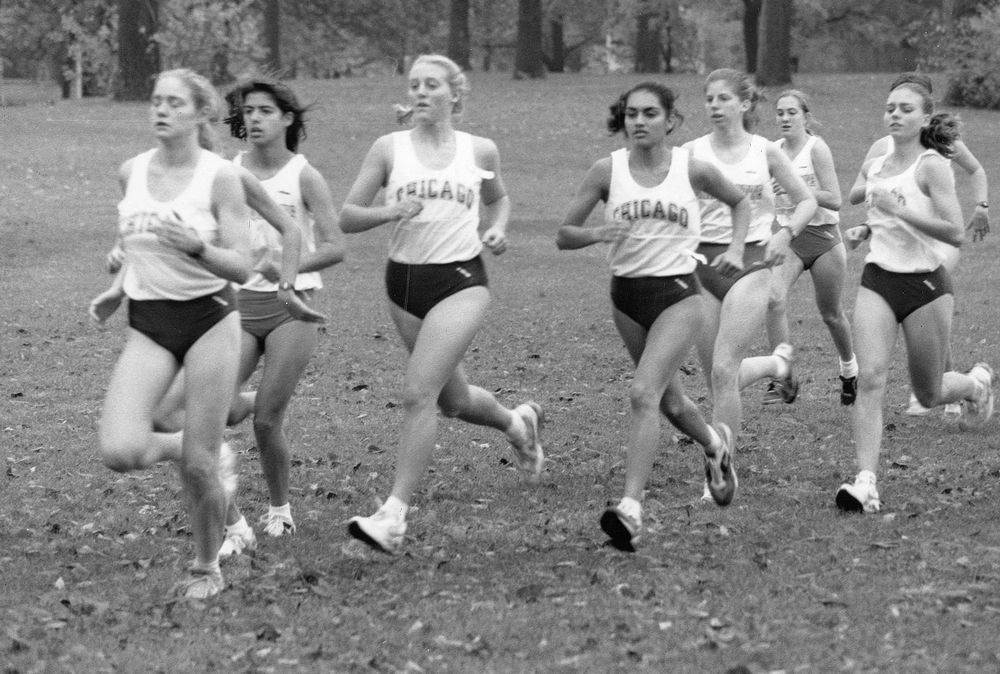Having watched men’s soccer cruise through opponents for three-fourths of the regular season, our resident soccer analyst weighs in on the team’s physical and tactical play.
The table never lies, or so the old adage goes, and with 10 wins and only a single defeat in their last 13 games, the Maroons men’s soccer team can justifiably consider themselves a top-quality outfit. Head coach John O’Connor deserves a lot of credit for molding a well balanced unit that plays entertaining and, most importantly, successful soccer. So what is it that makes them so good?
The team has so many positives that it is difficult to know where to start, but through their manifest hard work, Chicago has earned the praise. The ace in their pack has to be the back line, marshaled so superbly by inspirational skipper Peter Ostroske. With the defense’s nine clean-sheets and only five goals conceded, most games are swiftly reduced to a personal duel for the man-of-the-match title between Ostroske and his central defensive partner, Peter Schlaefer. Each is physically and technically ideal for his position, but what strikes the observer more is the understanding of the game that the pair possess, one that permeates across the whole rear guard as a result of the team’s exceptional communication.
Goalkeeper Keith Crum, an integral piece of the defensive jigsaw, exudes authority and has a knack for pulling off top-notch saves on the off-chance that the opposition is actually allowed to register a decent shot on goal. All great teams know how to defend, and the Maroons are no exception.
It is easy, however, to overlook the forwards’ role in making Chicago so hard to break down. Brian Standerfer, who seems to have discovered the secret to perpetual motion, toils for the entire match, denying opposing defenders any time on the ball. This harassment is far more than a nuisance, forcing misplaced passes that the industrious midfield is always seizes upon. It takes a quality team to get anywhere near the Maroons’ penalty box, and in recent home games, only Wheaton has managed to sustain pressure.
Striking the right offensive balance is a problem that is substantially eased for O’Connor by his squad’s remarkable athleticism. The opposition never isolates the strikers as both fullbacks, in addition to the entire midfield, are always eager to offer reinforcements. Crucially, this support is never reckless: the players are each tactically aware and intelligent enough to cover for teammates seamlessly, while their fitness allows them to commit men forward without fear of getting caught on the break. Chicago’s brand of total soccer is as effective as its Dutch parent and is a shining example of how the whole can be greater than the sum of the parts.
No team is perfect, but the Maroons’ biggest weakness is something that is out of their hands—the state of their home field. Slick passing and smart movement off the ball are well within their means, but sadly, the fact that Stagg Field is suitable for little more than growing cabbages limits the Maroons. Too often, the players are forced to take a touch to control a bobbling ten-yard pass rather than play the ball first-time.
Attacking midfielder Ben Preyss has a particularly good eye for through balls, but the breakneck pace of most games means that by the time he has trapped a short-pass, he finds himself closed down. It is easy to underestimate how many more goals the Maroons would score on a decent surface.
The only other notable deficiency the Maroons suffer from is in the variety of their attack. While there is an abundance of players who can take opponents on for pace and power, none of the midfielders or forwards have that extra bit of skill necessary to create space in tight situations. Taking the ball around an opposing midfielder is a great way to build an attack, but it is far easier said than done (especially on the Maroons’ cabbage patch).
In Brian Kolva, the Maroons do possess a player gifted enough to make that yard of space through skill rather than pace, but he is usually deployed as a fullback. In tight games, such as the nil-nil home draw against Carnegie, pushing him into midfield would be an option that O’Connor might wish to consider as overtime beckons.
The Maroons’ men’s soccer team is a class act that shows remarkable levels of talent and commitment. They work hard on the training field and they play for each other, traits that will serve them well as they march relentlessly toward the playoffs. As I take my hat off with one hand, I cross my fingers with the other hoping that next season, fans can welcome their Maroons to the chant of “Champions.”







